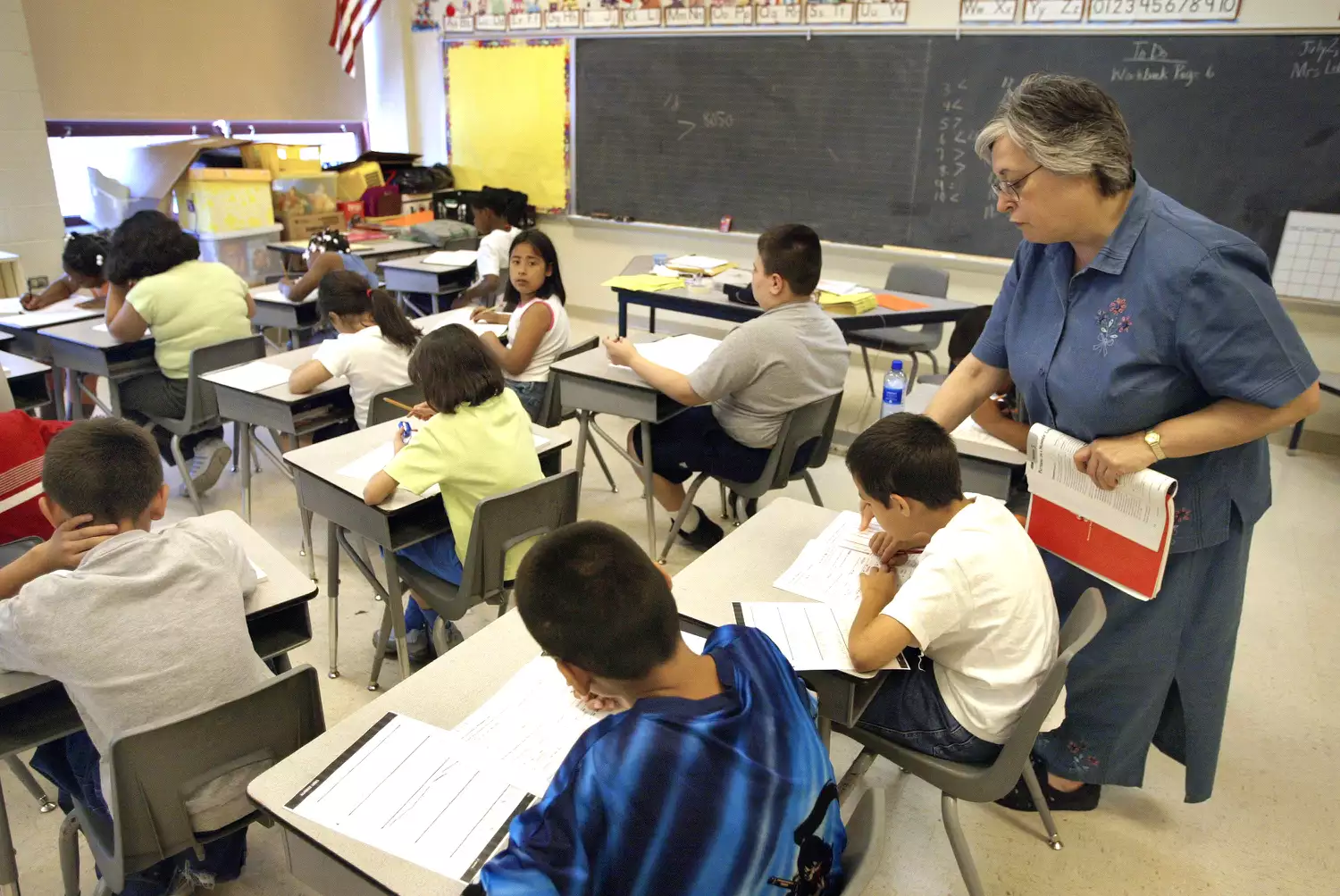
Exactly what do the best lesson strategies look like? What do they seem like to the students and to us? More concisely, what attributes must a lesson strategy contain in order to reach maximum efficiency?
The following ingredients are vital to delivering efficient lessons. You can even use this as a checklist when you prepare your days. This fundamental formula makes good sense whether you are teaching kindergarten, intermediate school, or even junior college.
State the Lesson Objective
Make sure that you know exactly why you are teaching this lesson. Does it represent a state or district scholastic requirement? What do you need the trainees to know after the lesson is completed? After you’re completely clear on the goal of the lesson, describe it in “kid-friendly” terms so that the kids will understand where they’re headed as well.
Teach and Model Behavior Expectations
Set out on an effective course by describing and modeling how the students must act as they take part in the lesson. If the kids are using products for the lesson, show the kids how to utilize them appropriately and tell them the repercussions for abuse of the products. Do not forget to follow through!
Use Active Student Engagement Strategies
Get your students engaged in hands-on activities that improve your lesson’s goal. Keep the trainees on their toes with their minds moving and you’ll be lots of actions more detailed to conference and surpassing your lesson’s goal.
Scan Peripheral Students and Move Around the Room
While the students use their brand-new skills, don’t simply relax and take it easy. Now’s the time to scan the room, move, and make certain everyone’s doing what they’re expected to be doing. You may be able to restrict your unique attention to “those” kids who constantly require to be reminded to stay on job. Response concerns, offer mild tips and ensure the lesson’s going how you imagined it would.
Give Specific Compliments for Positive Behavior
Be obvious and specific in your compliments when you see a student following instructions or going above and beyond. Make certain the other trainees comprehend why you are delighted and they will increase their efforts to meet your expectations.
Concern Students to Develop Critical Thinking Skills
Ask Why, How, If, and What Else concerns to reinforce student understanding of the problems or abilities at hand. Use Bloom’s Taxonomy as a basis for your questioning and see your students meet the goals you set out at the start of the lesson.
Utilize the preceding points as a checklist to make sure you are preparing your lessons in the most efficient way possible. After the lesson, take a few minutes to consider what worked and what didn’t. This type of reflection is indispensable in helping you establish as a teacher. A lot of teachers forget to do this. Nevertheless, if you make it a routine as much as possible, you’ll prevent making the very same errors next time and you’ll know what you can do much better in the future!
This information is based on the work of numerous skilled teachers who understand what it requires to assist trainees learn to their max potentials.




